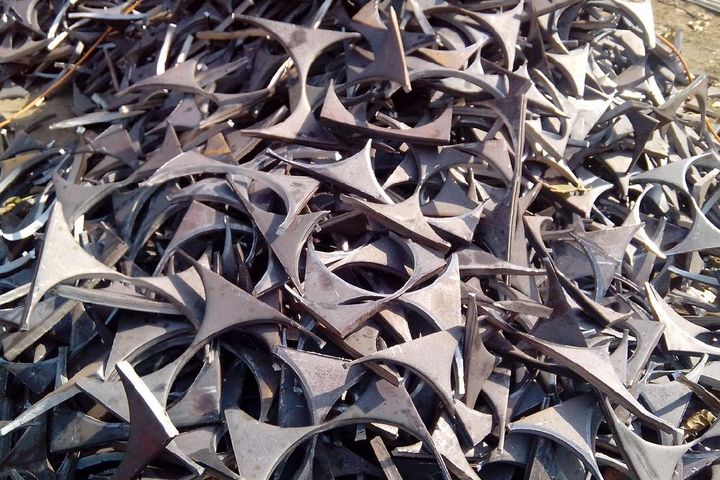 The Truth Behind Five-Fold Rise in China's Scrap Metal Exports: Utilization Rate Below Global Average
The Truth Behind Five-Fold Rise in China's Scrap Metal Exports: Utilization Rate Below Global Average(Yicai Global) July 3 -- China's scrap metal exports have risen steeply recently due to a low scrap utilization rate relative to the global average, so the domestic steel industry needs to address certain structural issues, The Economic Observer reported today, citing a market insider.
Total full-year scrap exports were only 1, 045 tons last year.
This year, however, they climbed 2, 252.6 percent from 653 tons in March to 15, 400 tons in April, followed by another 5.3-fold increase to 80, 300 tons in May, data from the General Administration of Customs show. Noteworthy is that the tariff for scrap exports goes as high as 40 percent.
The dramatic increase closely correlates with the overcapacity reduction policy that the government introduced six months ago, the insider noted. More than 500 producers of low-quality steel have been 'sanitized' thus far nationwide, representing a total production capacity of 119 million tons, per statistics from the inter-ministerial meeting on overcapacity reduction. This has led to a steep rise in the volume of scrap metal, which in part explains the dramatic increase in scrap exports in the last few months.
The surge in export is also attributable to changes in supply and demand. Growing scrap metal supplies and a sharp drop in the number of downstream small steel plants resulted in a temporary imbalance between supply and demand, which in turn led to price cuts in the domestic scrap metal market, prompting steelmakers to seek sales channels on foreign markets.
Seen as a renewable resource that can be reused indefinitely, scrap metal is one of the most important raw materials for producing steel. Steelmaking from iron ore is a lengthy process, while producing steel from scrap significantly reduces energy and water consumption as well as waste (exhaust, water and residue) emissions, in line with the government's call for 'green economic' growth.
The surge in scrap exports -- despite the prohibitive tariff -- has prompted an alert among steelmakers.
Most Chinese scrap metal exports go to electric arc furnace (EAF) steelmaking (alternatively known as 'short-process steelmaking,' as opposed to iron-ore-based steelmaking, known as 'long-process steelmaking') plants in Southeast Asia, except those re-exported by Hong Kong, said Sun Jingya, an analyst at the international department of Mysteel.com. Short-process steelmaking uses scrap metal as the raw material. This technology is not in common use among Chinese steelmakers, meaning that the scrap utilization rate in China is below the global average. China should, however, encourage the use of eco-friendlier scrap in steel production. The sharp rise in scrap exports is a manifestation of structural issues in the Chinese steel industry, noted Xu Xiangchun, consulting director at Shanghai Banksteel Ecommerce Co.
At present, the scrap metal utilization rate in China is way below the global average, and the percentage of Chinese steelmakers that apply the EAF technology is also below standard at 25 percent, Xu added. The total scrap supply in the country is expected to grow rapid in the next decade or so to reach 300 million tons.